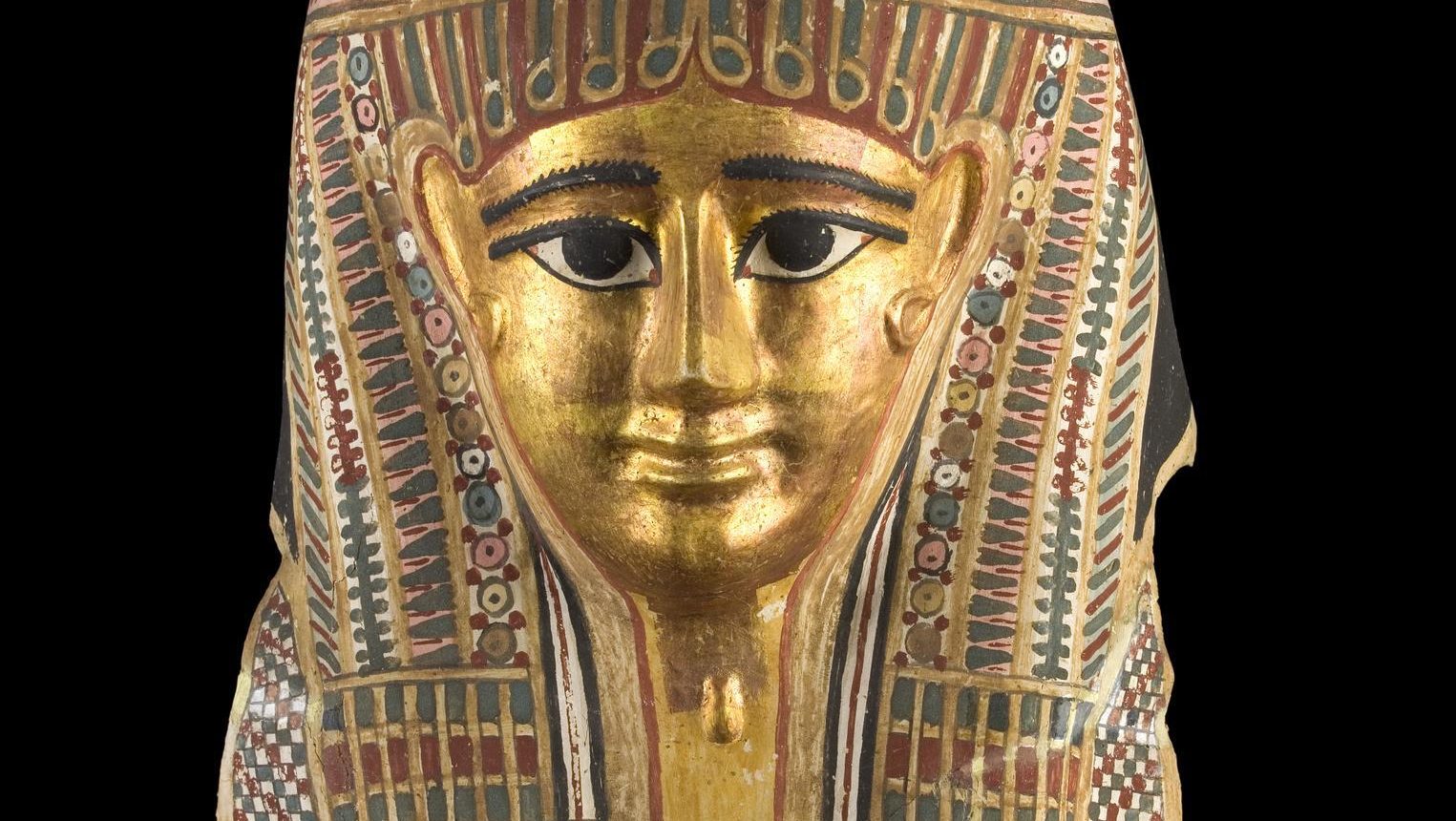Debate over use of the term ‘mummy’ in UK museums

Museums in the UK are moving away from the term “mummy” when talking about ancient Egyptian human remains, according to a CNN report this week.
The report detailed how a number of cultural institutions in Britain now prefer to use terms such as “mummified person” or “mummified remains” in order to emphasise the humanity of the individual. Institutions are also keen to distance their collections from popular culture depictions of mummies as supernatural monsters, while the colonial associations of the word “mummy”, which derives from the Arabic word “mummiya”, or “bitumen”, are also under scrutiny.
The change has not taken place overnight; a 2021 blog by Jo Anderson, assistant keeper of archaeology at the Great North Museum: Hancock in Newcastle, outlined how the institution is rethinking its display, labelling and graphics of a mummified woman known as Irtyu, whose remains were acquired in ethically dubious circumstances in the 1830s.
“The morals and ethics of museums displaying human remains have changed considerably over the years, especially since the beginning of the millennium,” wrote Anderson.
Anderson said “it’s essential that we endeavour to display them in a respectful way that gives context to who the person was and how their body was prepared for burial”, as well as acknowledging the history of colonial exploitation that brought the mummified remains into the museum’s collection.
CNN reported that National Museums Scotland has also moved away from the term, describing it as “dehumanising”, although the institution continues to use it as a descriptive adjective for objects such as “mummy mask” and “mummy case”.
The British Museum said in a statement that, contrary to some newspaper reports, it “hasn't banned the use of the term 'mummy' and it is still in use across our galleries”.
However the museum said its recent displays have used the term “mummified remains of...” and have included the name, where known, of the individual, to emphasise that the remains are of people who once lived.
The trend has been criticised by some who believe it is elitist to drop a term that is widely recognised and understood by audiences. The Mail on Sunday slammed “woke museum chiefs” for moving away from the term, with author Jeremy Black, who wrote Imperial Legacies: The British Empire Around The World, telling the newspaper: “When museums cut themselves off from popular culture they show contempt for how we all understand words, meanings and history.”
The term continues to be used in many museums. A touring exhibition, Golden Mummies of Egypt, is due to open at the newly redeveloped Manchester Museum next month. The exhibition will use new research into the museum’s collections to debunk Victorian notions of Ancient Egypt and common misconceptions about mummification.
Comments (2)
Leave a comment
You must be signed in to post a comment.

I wonder if so many of my ex-colleagues and ex-contemporaries who are apparently having this debate, had a chat with the general public before they started on this one? I am not convinced the good old British general public see the term “mummy” in the same way a lot of museum professionals seem to.
For myself, the term “mummy” has always made the remains seem more human not less-if for no other reason than the word “mummy” relates to the person who gave life to me. In contrast “mummified remains” seems to take that humanity away, in part because it could refer to non-human mummified remains.
But then, what do I know?
Technically they’re ‘artificially desiccated and preserved human remains,’ to distinguish the elite and privileged burials in ancient Egypt from those whose bodies were naturally desiccated in the desert sands, though I doubt that has the same ring to it as “mummy.”
The term “mummy” has come to mean any preserved body but comes into English from medieval Latin “Mumia,” in turn derived from the medieval Arabic “mūmiya,” which meant either an embalmed corpse or a bituminous embalming substance. Given that mummification was practised on religious grounds to preserve the corpse from putrefaction and aid the individual’s pathway into the afterlife, I doubt there is anything dehumanising in either the practice or the continued use of the term.